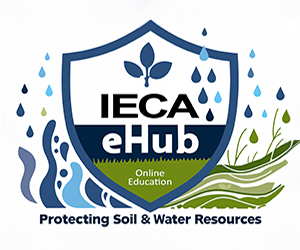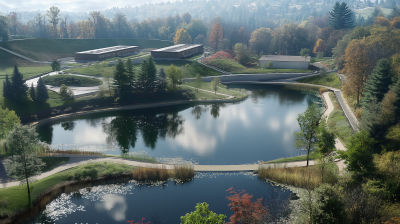
Bioretention Standards - Another Tool in the LID Toolkit
- Registration Closed
National bioretention design and construction standards were developed as a National Research Council Canada’s Climate Resilient Buildings and Codes Infrastructure initiative. The standards were developed, under the auspices of the Canadian Standards Association Group, to provide a tool to support surface water protection and flood mitigation. Proper stormwater management has become increasingly important as severe storm events become more commonplace, populations continue to increase, and development expands. Bioretention has been shown to provide many positive outcomes with respect to stormwater and the environment, the primary functions of which include: treatment of runoff; reduction of runoff volume; rate control; and groundwater recharge. These outcomes are strengthened by good Erosion and Sediment Control practices during construction of these systems and during construction of adjacent sites. The primary benefits resulting from these functions include: improved steam baseflows; reduced downstream flooding and erosion; improved water quality; improved in-stream habitat; and improved aesthetics of the urban environment. Bioretention systems, when properly designed, constructed and maintained, offer a long-term financially viable stormwater management solution. The standards documents provide requirements and recommendations for the design and construction of bioretention systems intended for the management of urban stormwater runoff and cover systems with and without underdrains, biofilters, planters, and bump-outs. The standards establish performance and design criteria and provide a design process, including sizing calculations, media requirements, configurations, and plant material recommendations. The standards also establish construction, operational and maintenance criteria. The presentation will provide an overview of each of these components.
Learning Objectives:
- Raise awareness of new Canadian national-level standards that support surface water protection.
- Understand the intersection with Erosion and Sediment Control Measures.
- Through an awareness of the content of these standards, provide an opportunity to identify ways in which the ESC aspects of the standard can be improved for future editions.
Course Level: All

Bert Van Duin

Jim Laidlaw
At the completion of this course you will receive 1 Professional Development Hour of credit. For any questions on continuing education credit, please contact IECA Education at education@ieca.org



